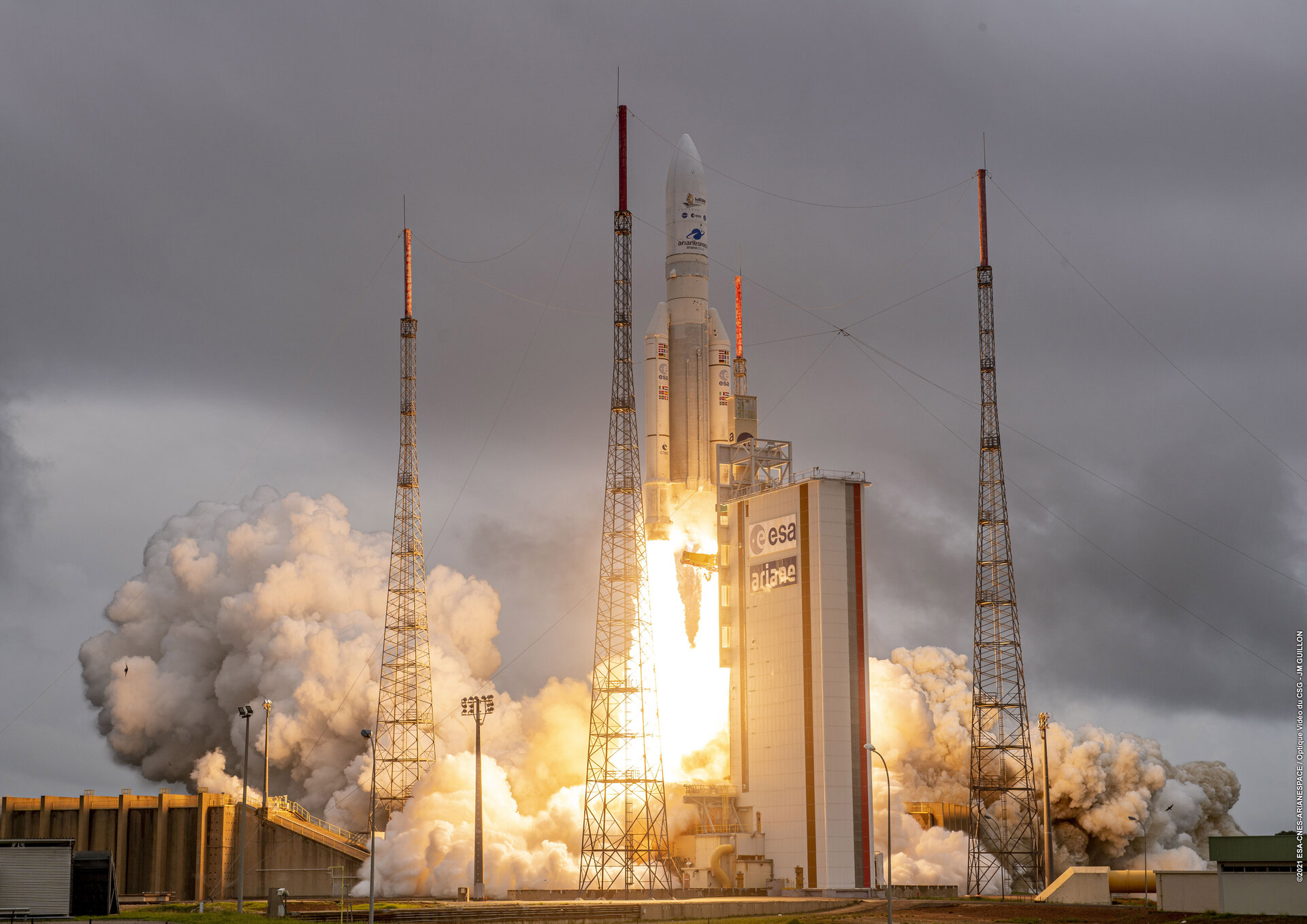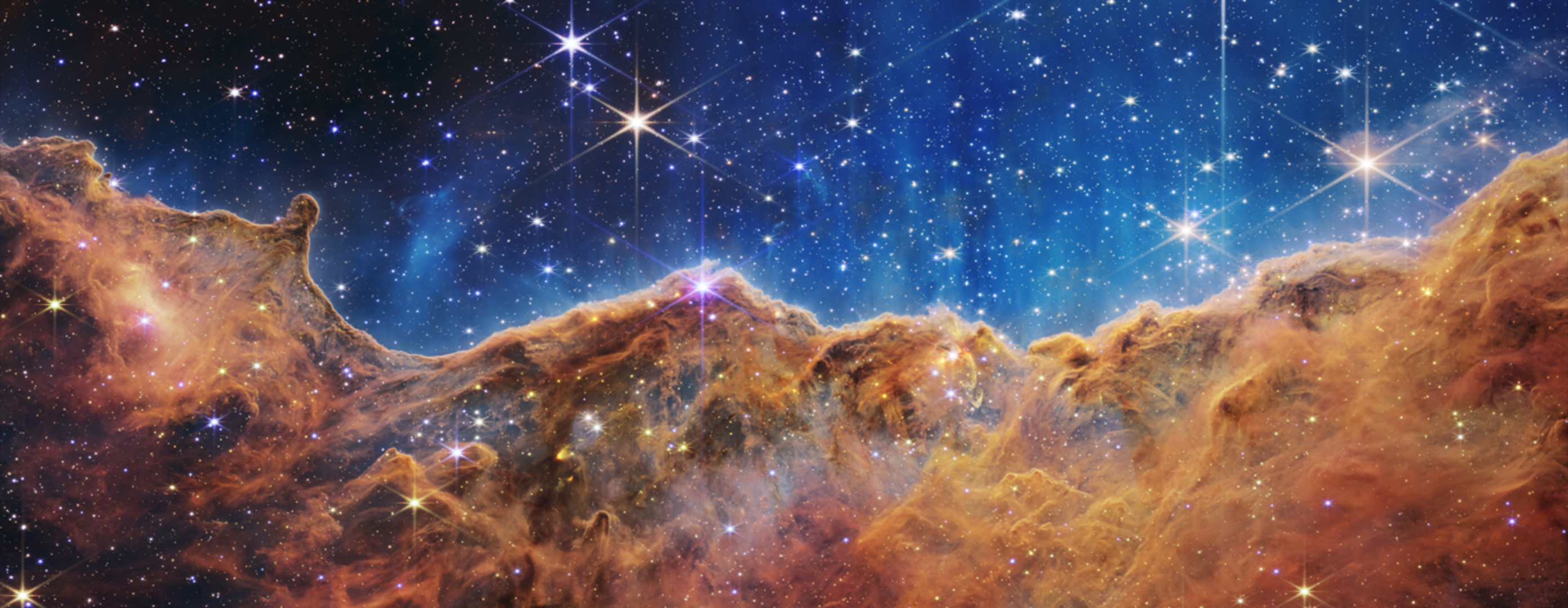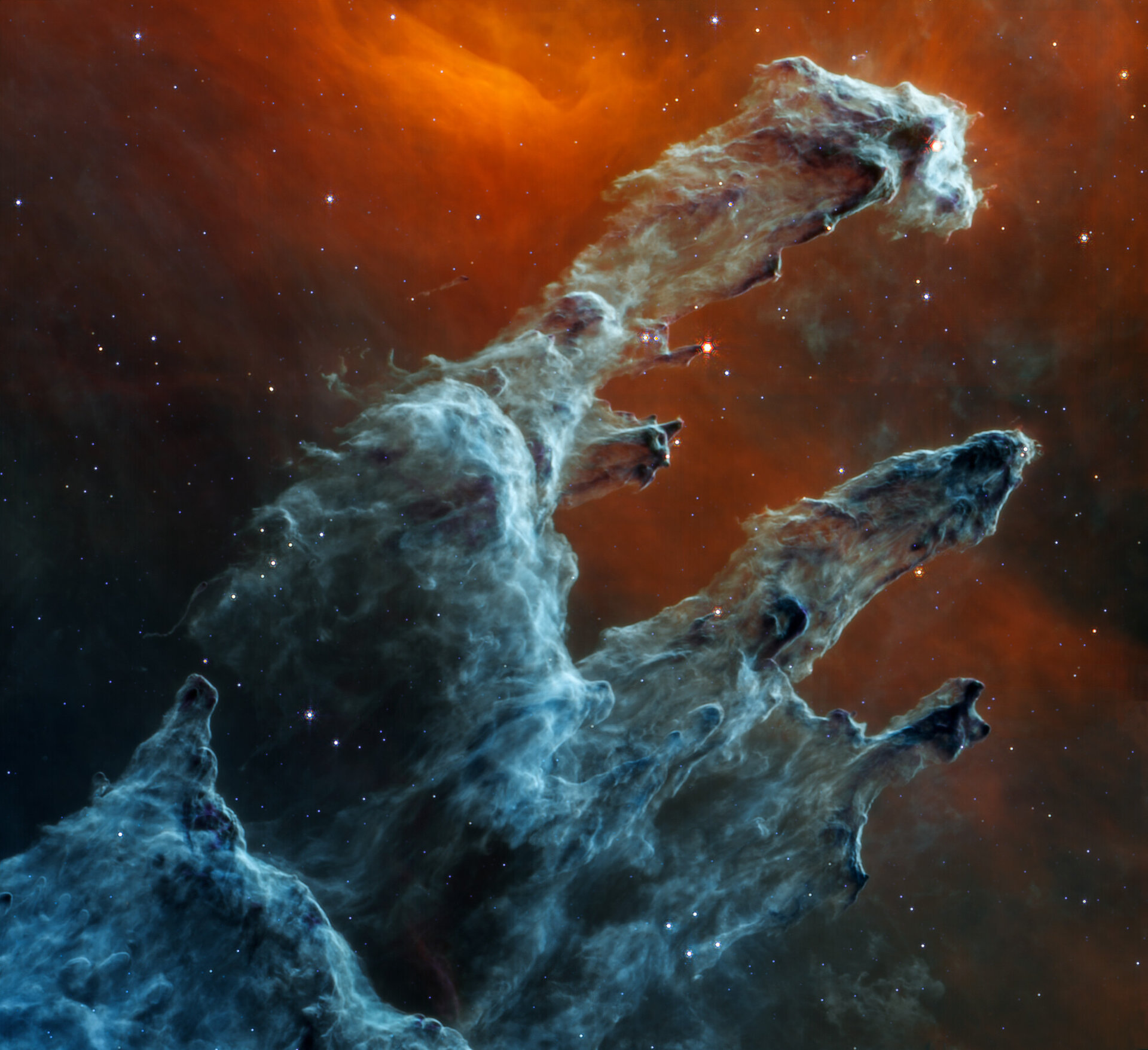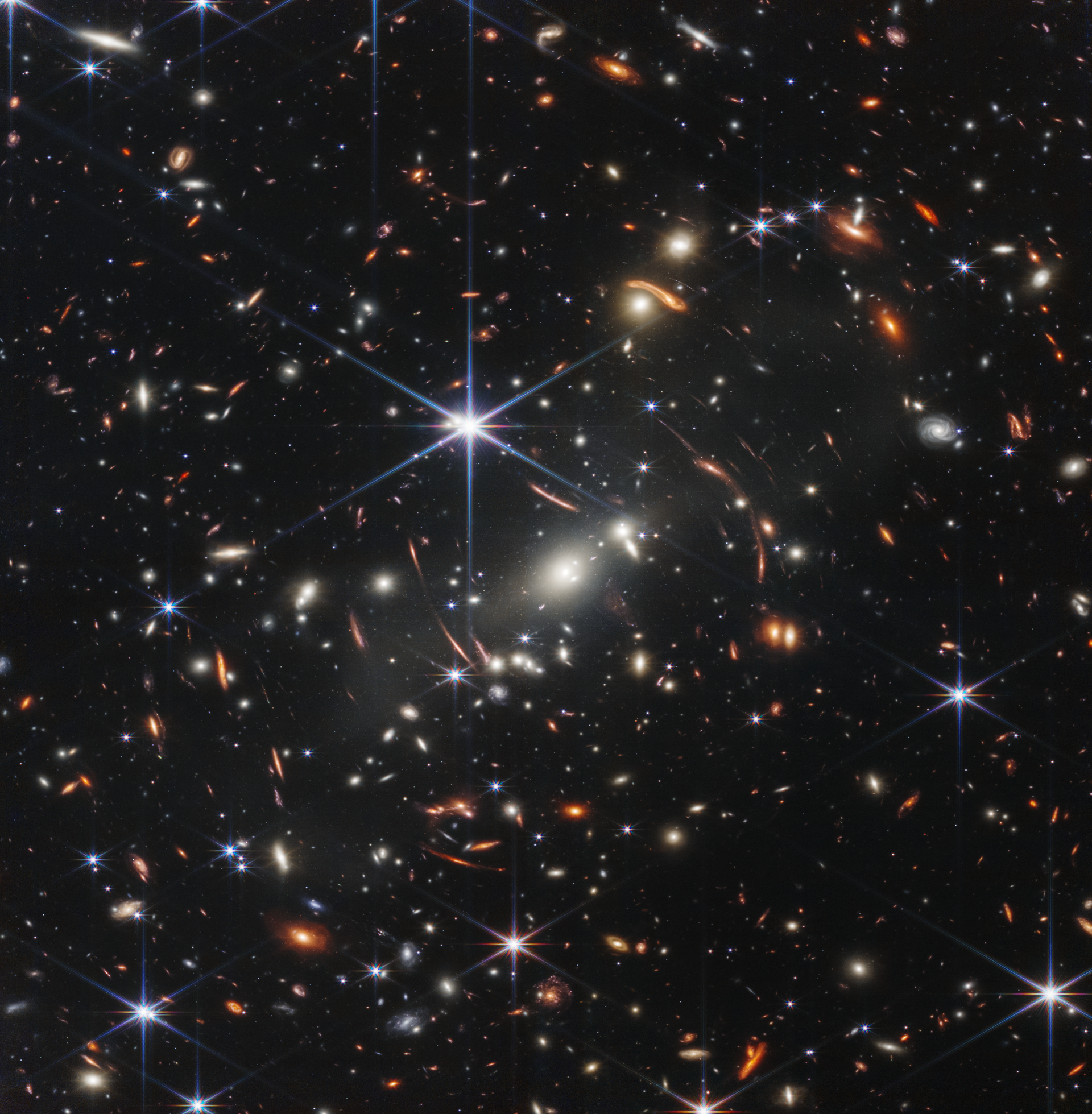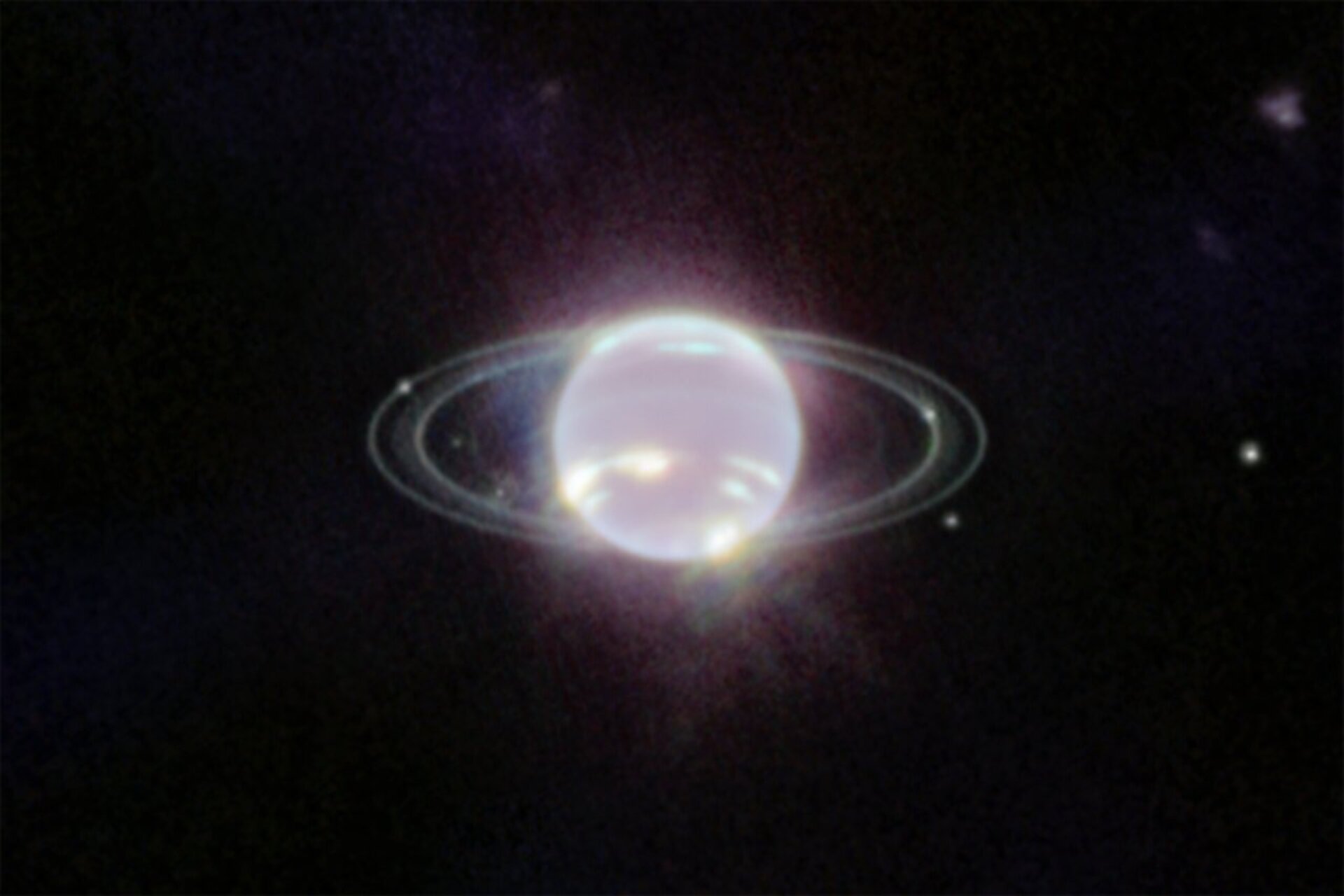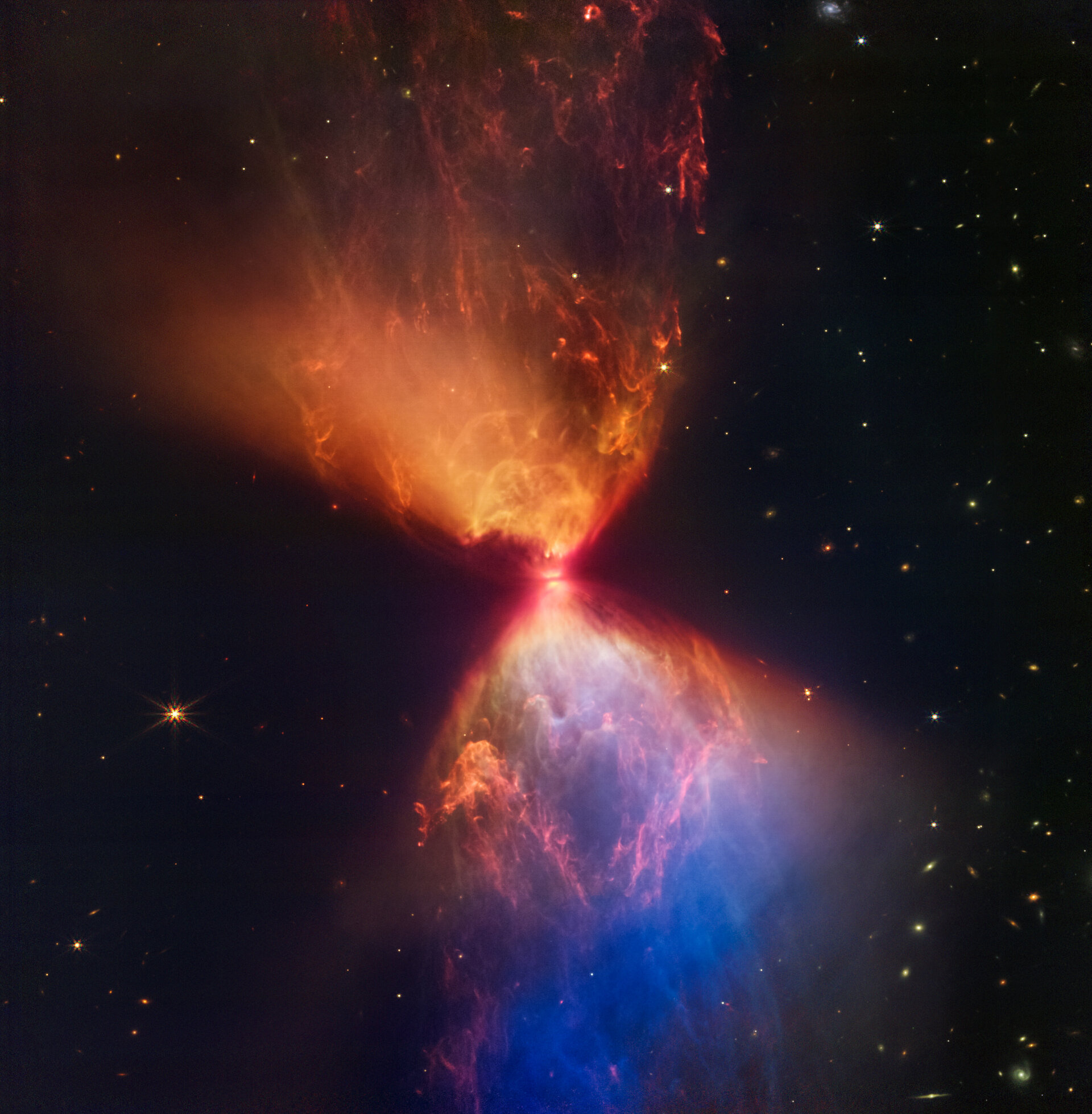One year ago, a perfect launch for the James Webb Space Telescope
The voice counted backwards in French from ten to one, then announced, “Décollage” – lift-off. The 15-year-long collaboration between NASA, ESA and the Canadian Space Agency had just entered its most critical phase: the launch itself. What happened next would determine whether the James Webb Space Telescope made it into space or not.

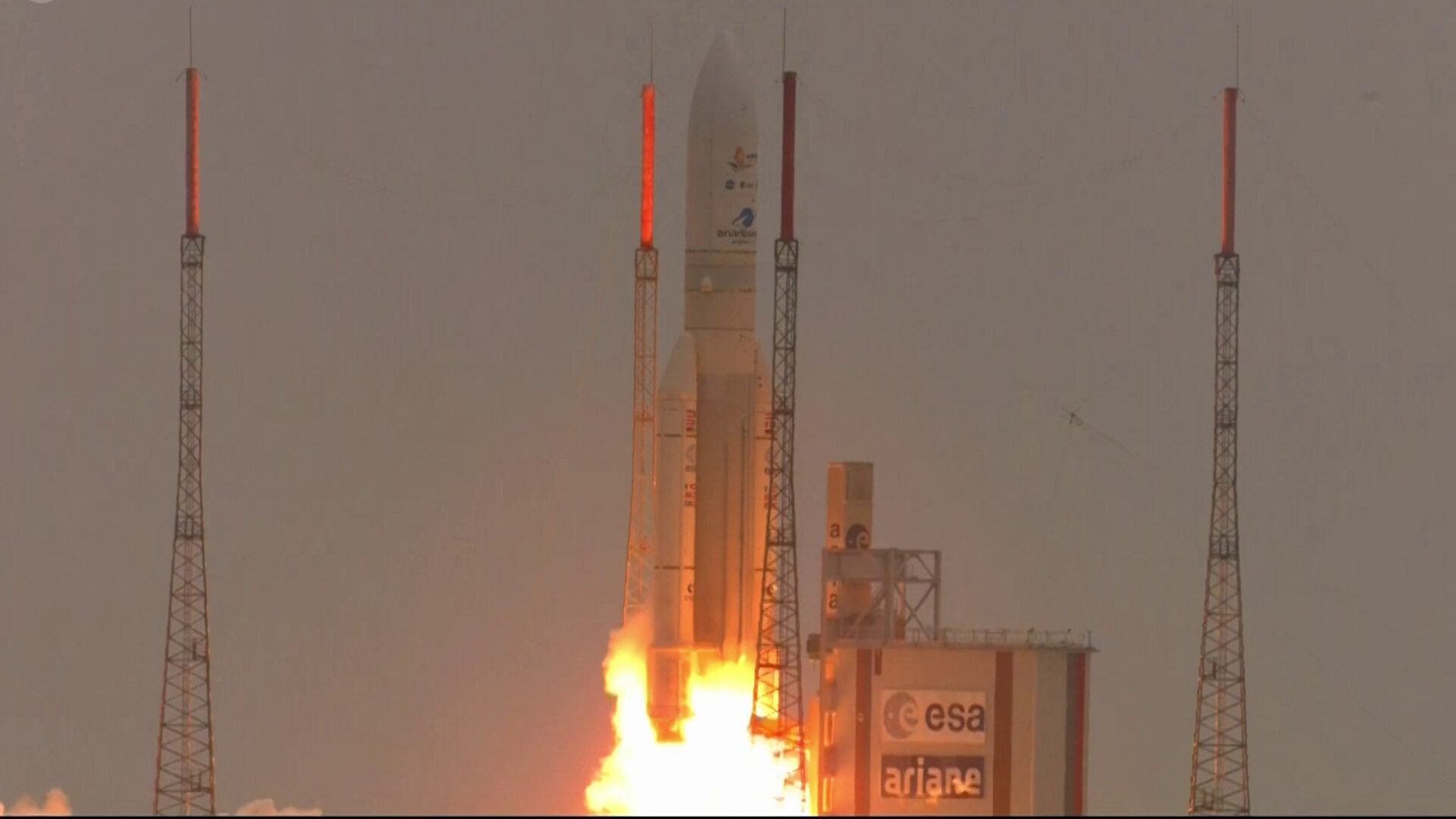
Access the video
“On the day of launch, the pressure was extremely high. We were very confident of our success because we had had basically 15 years of preparation, but still the pressure was high after a long launch campaign with a number of technical issues to solve,” says Daniel de Chambure, Head of the ESA Kourou Office, French Guiana, and previously Ariane 5’s Webb Project Manager.
It is no exaggeration to say that the world was watching. Years of development and promises had turned Webb into a highly anticipated successor to the NASA/ESA Hubble Space Telescope. Webb was nothing less than an ‘Apollo moment’ for astronomy, an extraordinarily complex and ambitious mission. Humankind was waiting for our next ‘big eye in the sky’, a giant leap in technological ability that would extend our vision back to the very origins of galaxies and stars.
The hopes of a new generation of astronomers were riding in the nosecone of the ESA-provided Ariane 5 rocket that had just disappeared into the clouds above Europe’s Spaceport in Kourou, French Guiana.
The ascent itself was scheduled to last about 30 minutes. Kourou’s job would be over when they received confirmation that Webb had automatically deployed its solar panel, was generating its own power, and talking to the team at the Space Telescope Science Institute (STScI) in Baltimore, Maryland, USA.
Rehearsals and simulations
Massimo Stiavelli, who leads the Webb mission office in Baltimore, knew the stakes were high: no solar panel – no mission. In the years leading up to this moment, Massimo and the flight operations team at STScI would perform rehearsals over and over again for what to do with Webb once it was in space. These rehearsals were fully simulated on computers, so they felt very real. At first everything would be ‘nominal’. This means that the spacecraft would behave as expected. Then, the small team of engineers who programmed the simulations would begin to inject anonymous problems into the mix that the flight team would have to diagnose and correct.
“The scariest of these was in the rehearsal when the solar panel didn't deploy. So we were running on batteries and you know that you will run out of energy at some point,” says Massimo.

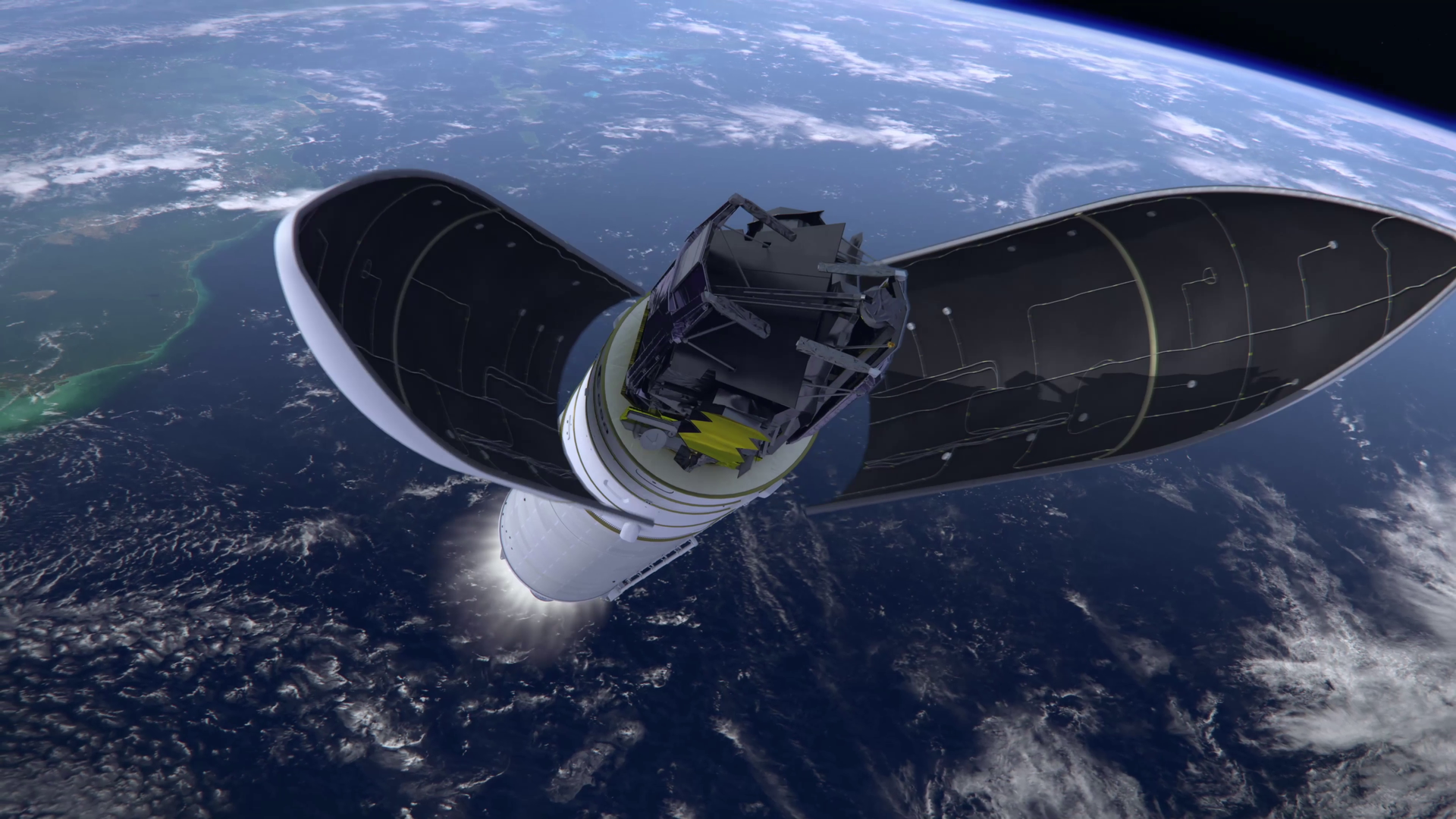
Access the video
In the simulation, Massimo’s team tried everything. They sent manual commands to order the deployment. When that didn’t work, they started ‘a number of dance moves’ in which they shook the spacecraft, hoping to dislodge the panel. Finally, as time was running out, and the team had tried every trick in the book, the simulation cooperated, and the panel deployed.
“That was very tense, and something that we didn't want to try in real life,” says Massimo.
But before the flight operators took over, Daniel and his team had to make good on their promise of getting Webb safely into orbit.
The extreme accuracy of the launch
The day started early. Daniel woke at 04:00 that Christmas morning and made his way to work, where he confirmed that everything was still nominal with the launcher on the pad. An hour and a half before launch, he entered the main launch control room and oversaw the completion of the last tasks before launch. As a standard procedure, all of these final preparations must be completed forty minutes before launch. Then, the team waits.
“You become a bit stressed because you have to wait,” he says. To take his mind off those stresses he met with the media to answer their questions. Then seven minutes before the launch, he returned to control room as the final countdown began.
Everything was automatic at this stage. The flight operations team devoted their entire attention to monitoring the status of the launcher – ready to abort if something were to go wrong. In the final seconds, ignition took place: first the main engine, then seven seconds later the boosters.
The rocket left the pad. The operators continued to monitor the telemetry information being sent back by the launcher, looking for even the smallest deviation from what they predicted.
The team followed the ascent and its various steps. First, the boosters were separated, then the fairing opened up into two halves to reveal Webb at an altitude of 110 km, then the first stage separated, the second stage ignited and later shut down. Finally, Ariane let go of Webb at an altitude of 1400 km. The camera on the rocket watched as the space telescope drifted away, making an adjustment to its trajectory as it went. A few minutes later, when it was precisely on its course, Webb automatically deployed its solar panel, and began communicating with Massimo’s team in Baltimore. Daniel and his team had done their job.
But it didn’t quite happen like that.

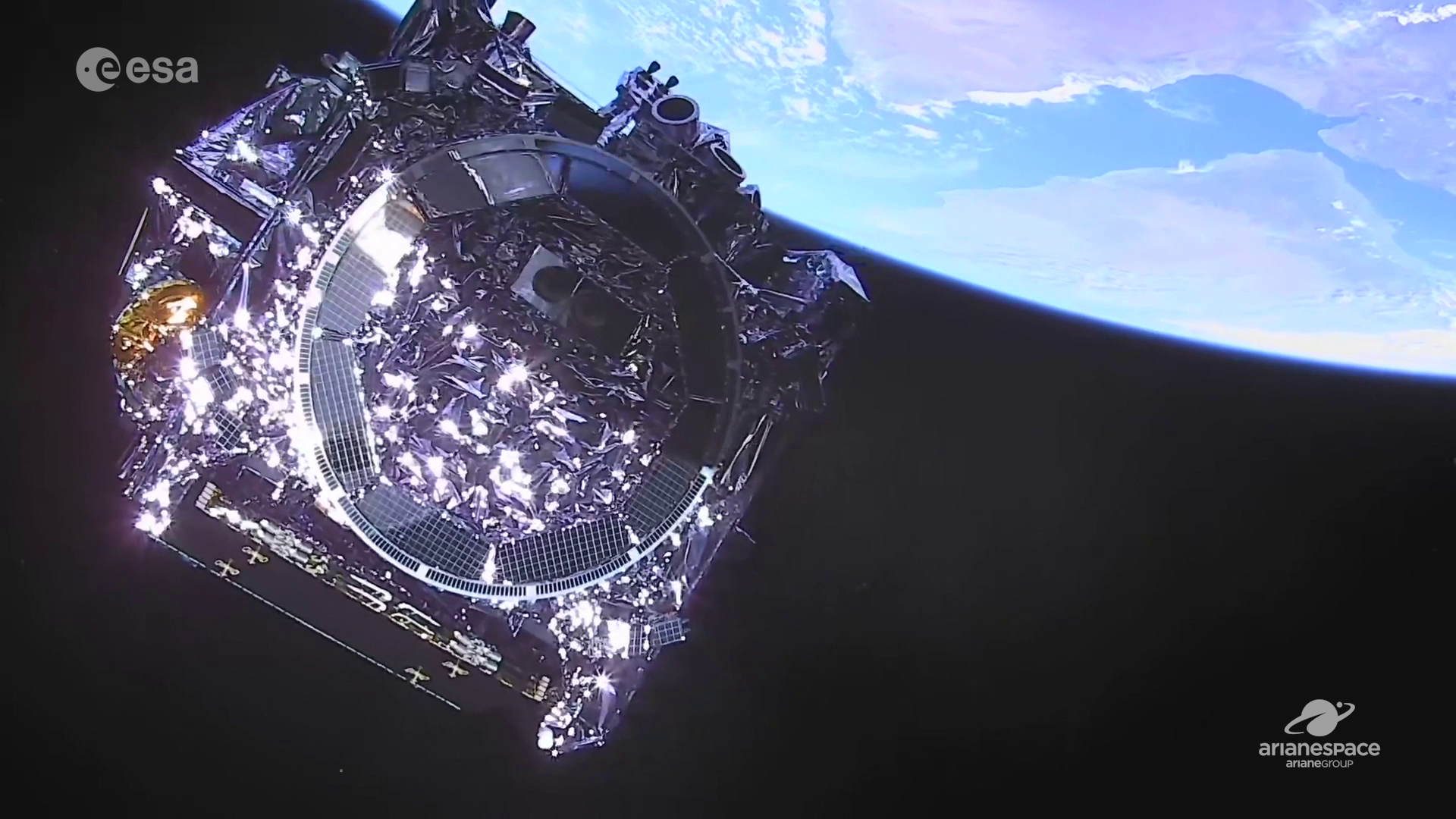
Access the video
In the several minutes it would take for Webb to calculate and execute its trajectory manoeuvre, it was assumed that the spacecraft would drift out of sight of the rocket’s camera, and the solar panel deployment would take place unseen. But 70 seconds after the separation, the solar panel deployed.
In Kourou, the reason was obvious. Ariane’s launch has been so precise that the attitude correction manoeuvre was superfluous. Webb’s onboard software realised this and so it skipped to the next task on the list, which was to deploy the solar panel and make contact with Baltimore. It was a stunning confirmation of the accuracy of the launch.
“I still remember seeing the reactions of the various ESA and NASA colleagues around me when it happened. Everyone was so delighted,” says Daniel.
Special modifications
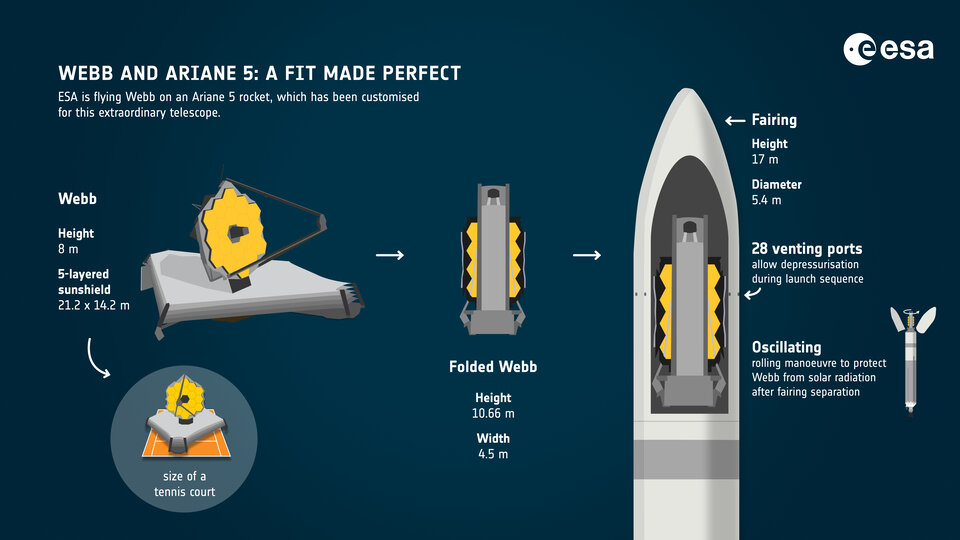
The extreme accuracy of the launch injection at separation was the result of some additional things that the Kourou team had done. First was the decision to calibrate the launcher’s Inertial Management Units (IMUs) as late as possible before the launch itself. These units return information about how the rocket is moving, and feed back into the onboard computations that control the guidance systems. Being so carefully calibrated, the Ariane 5 knew exactly where it was and where it was going.
Secondly, the team were very careful to match the pairing and alignment of the acceleration rockets of the upper stage, so that after the upper stage was ignited there was no jitter and the trajectory remained undisturbed.
Beyond the trajectory, the team also made another special modification, this time to protect Webb itself. NASA was extremely concerned that any residual atmosphere in the nosecone could cause that air bubbles trapped into the folded sunshield could inflate and tear-off the telescope’s delicate sunshield layers. So, ESA developed a system that would force the final molecules of air out of the nosecone before the fairing split and exposed Webb to the vacuum of space. “This was also a great achievement for us to see that the residual pressure was well below requirements after several demonstrations carried out on previous Ariane 5 flights,” says Daniel.
While the confirmation that this system had worked did not come until later when the sunshield was unfurled and seen to be undamaged, the early deployment of the solar panel was immediately obvious to the team. Even so, the real value of the launcher’s extreme injection accuracy only became known that evening when the Baltimore team commanded the spacecraft to make another manoeuvre.
Massimo was on duty as they prepared for Mid-Course Correction 1a. This was the essential extra push to make sure Webb was going to successfully reach its designated position 1.5 million km away from Earth. To calculate the rocket burn necessary, Webb was tracked for almost 12 hours and then the flight dynamics team at NASA’s Goddard Space Flight Center crunched the numbers. That’s when the scale of Ariane’s achievement started to become truly obvious.
The orbital injection had been so accurate, the burn would not be anything like as long as was anticipated. “Already there, we knew that we were going to have extra fuel,” says Massimo.
After the manoeuvre, they started tracking and calculating again. It turned out that the fuel they saved could now be used to help Webb stay in its operational orbit, and so extend the mission’s life.
Text continues after the slider
Double the science, double the discoveries
When the calculations were completed, NASA announced that thanks to ESA and its contributing partners Arianespace, ArianeGroup and CNES, the lifetime of Webb was now double. Instead of a 10-year mission, Webb was carrying enough fuel to keep it operational for 20. Double the observations, double the science, double the discoveries.
By turning one routine launch into Ariane 5’s finest hour, the European team had doubled humankind’s next big leap towards understanding its origins.
“This was a very nice moment and reward for all of us, especially after the many thanks received from the NASA Webb Project team,” says Daniel.
At the time, however, the celebration was rather muted. Taking place on Christmas Day 2021, most of the people involved were keen to return home to their families. But the memories of what they achieved that day are still strong.
“You see on the base that people are very proud to have launched Webb. You still see them wearing their Webb polo shirts,” says Daniel. And in the understated world of spacecraft operations, there can be no bigger statement of pride than that.
More information
Webb is the largest, most powerful telescope ever launched into space. Under an international collaboration agreement, ESA provided the telescope’s launch service, using the Ariane 5 launch vehicle. Working with partners, ESA was responsible for the development and qualification of Ariane 5 adaptations for the Webb mission and for the procurement of the launch service by Arianespace. ESA also provided the workhorse spectrograph NIRSpec and 50% of the mid-infrared instrument MIRI, which was designed and built by a consortium of nationally funded European Institutes (The MIRI European Consortium) in partnership with JPL and the University of Arizona. Webb is an international partnership between NASA, ESA and the Canadian Space Agency.


